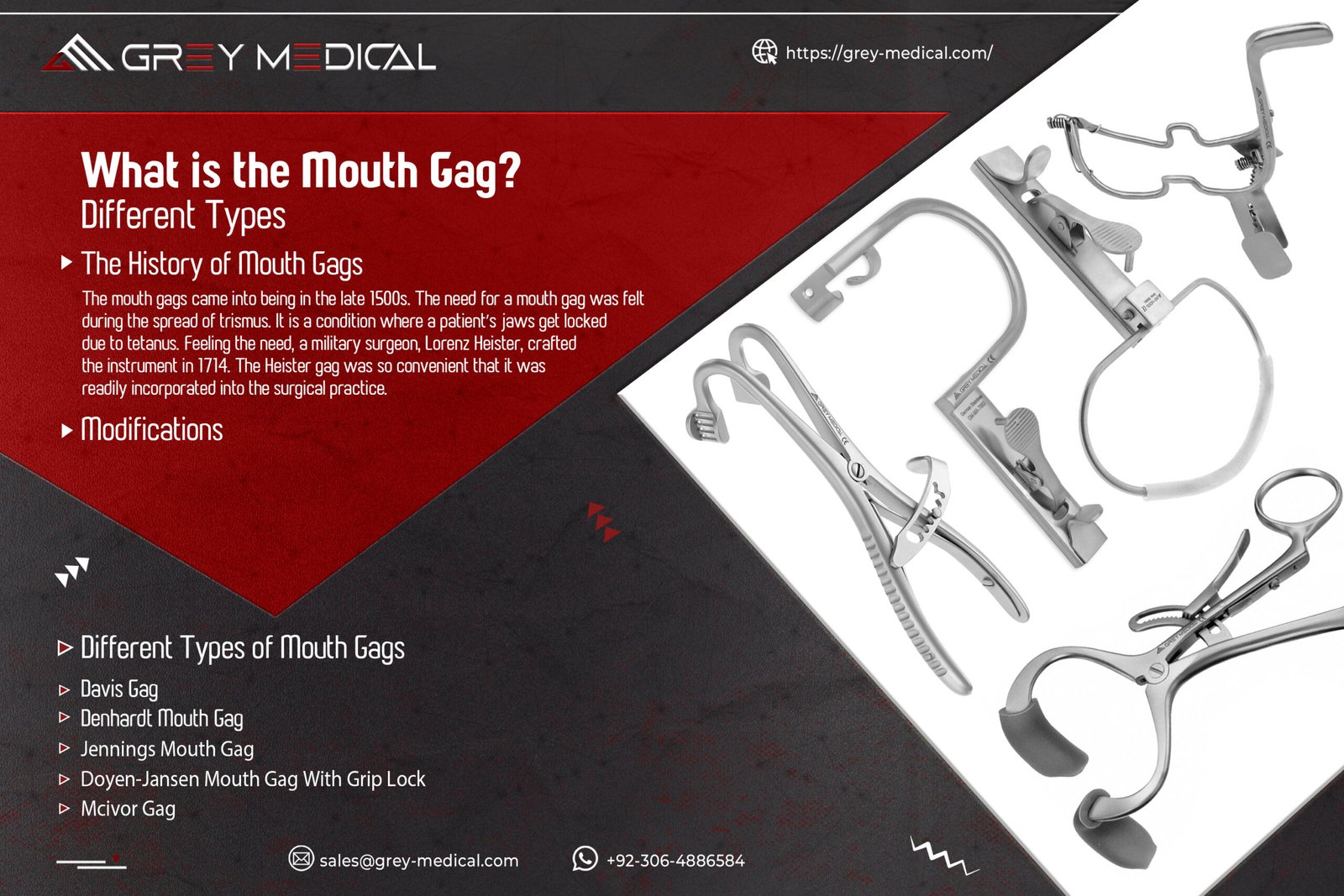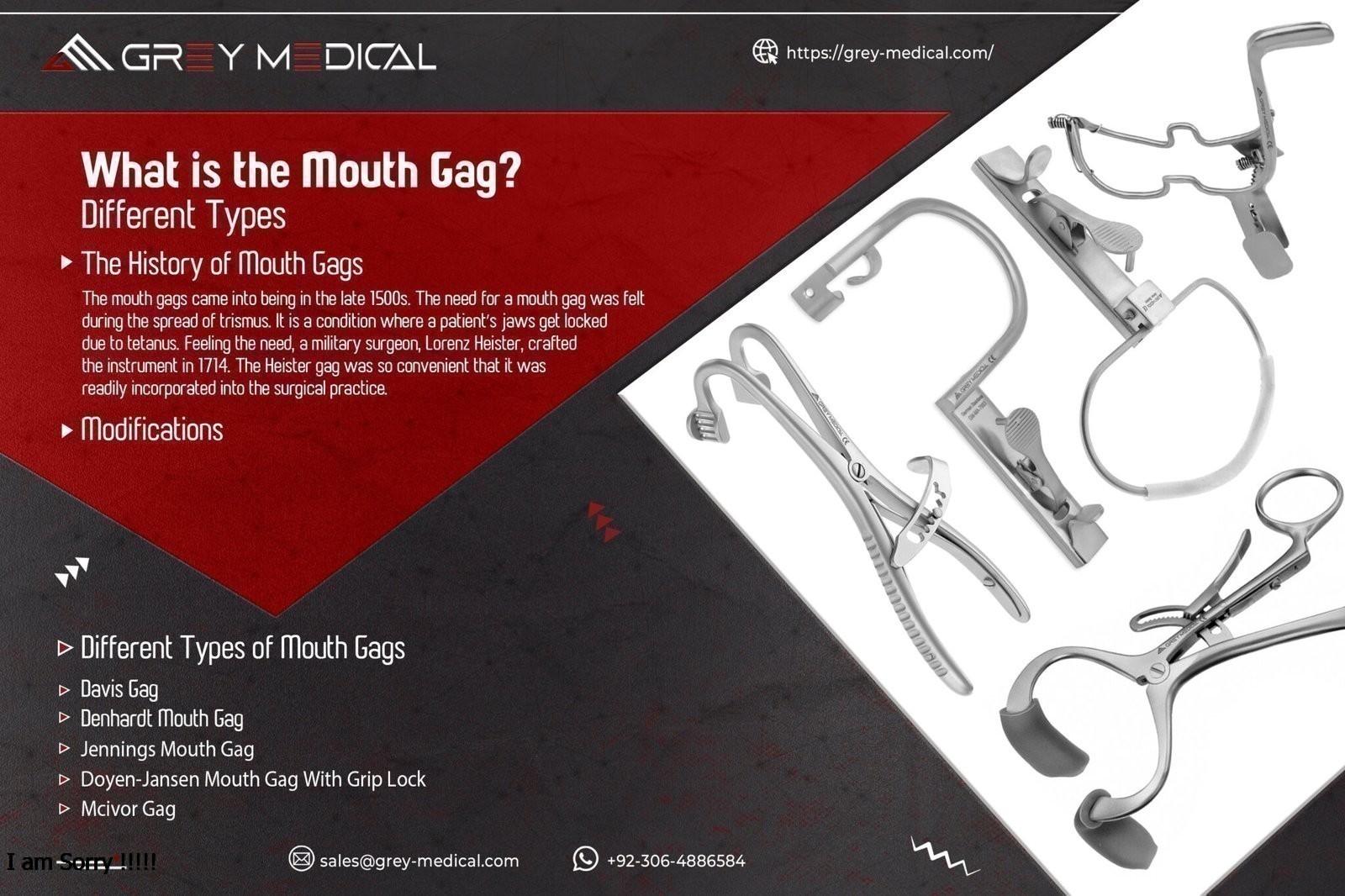In the precise world of surgery, every instrument plays a critical role in ensuring patient safety and procedural success. Among these tools, the mouth gag holds a significant place, especially in oral, maxillofacial, and otolaryngology (ENT) procedures. While its name might sound unusual, this device is indispensable for providing surgeons with the clear, unobstructed access they need to perform delicate operations within the oral cavity. Understanding its function, design, and importance reveals a great deal about the meticulous nature of modern surgical practice.

The Vital Role of Mouth Gags in Surgery
A surgical mouth gag is a specialized medical device designed to hold a patient's mouth open during a medical procedure. When a patient is under general anesthesia, their muscles, including those in the jaw, relax completely. Without a support mechanism, the mouth would close, making it impossible for surgeons to work safely and effectively inside the oral cavity. The primary function of a mouth gag is to maintain a stable and open field of view, preventing accidental closure that could lead to injury or compromise the surgical outcome.
These instruments are crucial for a wide range of procedures. Common applications include tonsillectomies, adenoidectomies, cleft palate repairs, dental surgeries, and various cancer-related operations within the throat and mouth. By ensuring the surgical site remains accessible, these devices allow for greater precision, reduce the risk of tissue damage, and ultimately contribute to better patient results. The stability they provide is not just a matter of convenience; it is a fundamental component of patient safety.
Exploring Different Types and Designs
Not all oral surgeries are the same, and therefore, not all mouth gags are either. The design of these instruments varies significantly to accommodate different patient anatomies, from infants to adults, and to suit the specific requirements of various procedures. Some of the most well-known designs include the Jennings, Davis-Boyle, and McIvor patterns. Each has unique features tailored to particular surgical needs. For instance, some models incorporate a tongue depressor to manage the tongue, while others offer adjustable frames to control the degree of mouth opening.
The materials used in manufacturing are also a key consideration. High-quality, surgical-grade stainless steel is the standard, chosen for its durability, resistance to corrosion, and ability to withstand repeated sterilization cycles. This ensures that the instruments remain hygienic and reliable over their lifespan. Companies specializing in surgical instruments, such as GreyMedical®, a privately owned medical technology company dedicated to innovation and excellence in the craft of surgical instruments, prioritize these material standards. The innovation in mouth gags continues to evolve, with ongoing refinements in ergonomic design and functionality to enhance ease of use for the surgical team.
Ensuring Safety and Proper Application
The correct application of a mouth gag is paramount to prevent potential complications. The surgical team must exercise great care when placing and adjusting the device. Improper positioning or excessive force can lead to potential issues such as pressure on the lips, tongue, or teeth, and in rare cases, temporomandibular joint (TMJ) discomfort post-operatively. Anesthesiologists and surgeons work together to ensure the device is seated correctly and that the pressure is distributed evenly.
Proper training and a deep understanding of the patient's anatomy are essential. The team carefully selects the appropriate size and type of gag for each individual. During the procedure, the position of the gag may be monitored and adjusted as needed to maintain both optimal surgical access and patient safety. This careful management underscores the meticulous attention to detail required in every aspect of a surgical operation, where even the simplest-seeming tools demand expert handling.
Conclusion
The mouth gag is a foundational instrument in many surgical specialties. Far from being a simple tool, it is a sophisticated device engineered for safety, stability, and precision. Its role in maintaining an open and secure surgical field is critical for a successful outcome in countless procedures performed every day. The continuous improvement in its design reflects the broader commitment within the medical field to enhance patient care and empower surgeons with the best possible tools for their life-saving work.

